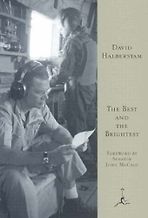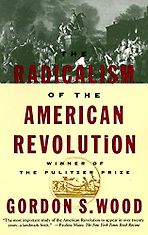Recommendations from our site
“It is a really interesting response to a very famous book, Bury My Heart at Wounded Knee by Dee Brown, which has been so popular for decades in the United States. I think the reason Brown’s book became popular is that it was among the first narratives to emphasize the horrors of American expansion. It tells of devastating violence against Native people. But the thesis of the book, the way it lays out its narration, is one in which native people are destroyed after the massacre at Wounded Knee in 1890. Native culture dies in Brown’s book. It’s a vanishing Indian narrative. And it’s terribly popular. It’s still printed. So Treur put the word ‘heartbeat’ in the title. His direct response to Brown is to say, ‘No, there’s still a heartbeat. We did not die.’ So, he re-narrates the story that Dee Brown told in that book, and then emphasizes the ongoing life of Native communities after 1890. He particularly does this through his own family stories and the stories of the reservation where he grew up, to look at the various ways that people just keep on living” Read more...
The best books on Native American history
Jennifer Graber, Historian
Our most recommended books
-

The Best and the Brightest
by David Halberstam -

The Annotated Memoirs of Ulysses S. Grant
by Ulysses S Grant and Elizabeth Samet (editor), Mark Bramhall (narrator) -

The Radicalism of the American Revolution
by Gordon S. Wood -

What It Takes
by Richard Ben Cramer -

The Ideological Origins of the American Revolution
by Bernard Bailyn -

Absalom, Absalom!
by William Faulkner






